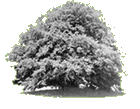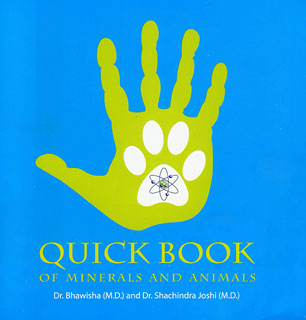Plantae -> Magnoliophyta -> Magnoliopsida / Dicotyledonae -> Asteridae -> Gentianales -> Loganiaceae -> Strychnos toxifera/ Curare
| SubstanCe | Abbreviation | Systematics |
| Strychnos toxifera/ Curare Arrow Poison |
Cur | Loganiaceae |
|
Woorari, Curara, Woorara, Woorali, Hoorali, Oorali, Gift-Brechnuss
|
||
| Curare is produced from many different plants of the genera Strychnos and Chondodendron in different ways. The early records of the homeopathic use don´t seem to give indications for what they really used for the provings. The poisons of the Loganiaceae family are mainly based on two different structures, monomeric alkaloids of the Strychnine type and dimeric alkaloids of the Curarine type. Those of the Strychnine type occur in South-Asia and cause generalized cramps, whereas those of the Curarine type occur in South America (and some in Africa) and cause a relaxation. This means: Loganiaceae can also contain relaxing poisons - different ones on different continents, so we have to include this as a possible sensation/reaction in our family picture. Another difference of the two poison types lies in the fact, that the monomeric types are absorbed by our intestines, whereas the dimeric ones are not. This means, you can only use the dimeric ones (the Curarine type) to poison animals that you want to eat safely afterwards (whereas a dog that eats a rat killed with Strychnine dies as well). So Curarine poison can only be applied directly into the blood system (arrows), whereas the Strychnine type is also deadly when swallowed. Strychnos species (mainly Str.toxifera) are used for what is called calebas curare. The Menispermaceae species (mainly Chondrodendron) are used for tubocurare (a type of Curare that is prepared and stored differently) and base on isocholinalkaloids, with a chemism different from the indolalkaloids of the Strychnos. They only have in common, that both of them cause deep relaxation. Literature: Teuscher, E. / Lindequist, U. - Biogene Gifte, Biologie, Chemie, Pharmakologie, Stuttgart u.New York, 1994. | ||
|
|
||
| Remedia Homöopathie, Gudjons, Helios, Ainsworths, Arcana, Zinsser | ||
 |
||
to open, click on +
 provings
provings
Kleinert, Georg Otto (Bibliograph)


1863
nur Bibliographische Angaben / only Bibliography in: Georg Otto Kleinert – Quellen-Nachweis der physiologischen Arzneiprüfungen, Leipzig 1863. Genaueres siehe: http://www.homoeopathie-wichmann.de/Kleinert - Quellennachweis Prüfungen.pdf
Allen, T.F. (collector)


Hahnemannian
1879
This is a link to Allen´s Encyclopedia online, which has collected material until 1879
Hughes, Richard (Editor)


1890
This is part of "A Cyclopedia of Drug Pathogenesis" by R.Hughes, 1886-90, which tried to collect all provings done until that date in full text. Hughes was the collector, the proving authors of course were many different ones.
Bradford, T.L. (collector)


Hahnemannian
1900
This is a link to a file containing Bradford´s Index of Homoeopathic Provings, nearly all provings until 1901.
 Taxonomy
Taxonomy
Plantae - Plants Magnoliophyta - Flowering Plants Magnoliopsida / Dicotyledonae - Dicots Asteridae Gentianales Loganiaceae - Strychnine FamilyStrychnos toxifera/ Curare (Cur)
Arrow Poison
More substances of this family:
Count: 19
 Bibliography
Bibliography
explanationCC 91: Klein, Louis  Cases
Cases
 Cases
Cases HiÖ 1/04, S.14: Neuhofer, Christine 

HomLinks 3/97, S.133: KLEIN L 

Vorträge und Seminare zu Curare  Arzneimitteldarstellungen und Fälle zum Anhören/Anschauen auf CD/MP3-Download/DVD
Arzneimitteldarstellungen und Fälle zum Anhören/Anschauen auf CD/MP3-Download/DVD
 Arzneimitteldarstellungen und Fälle zum Anhören/Anschauen auf CD/MP3-Download/DVD
Arzneimitteldarstellungen und Fälle zum Anhören/Anschauen auf CD/MP3-Download/DVD 



